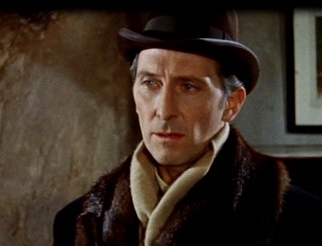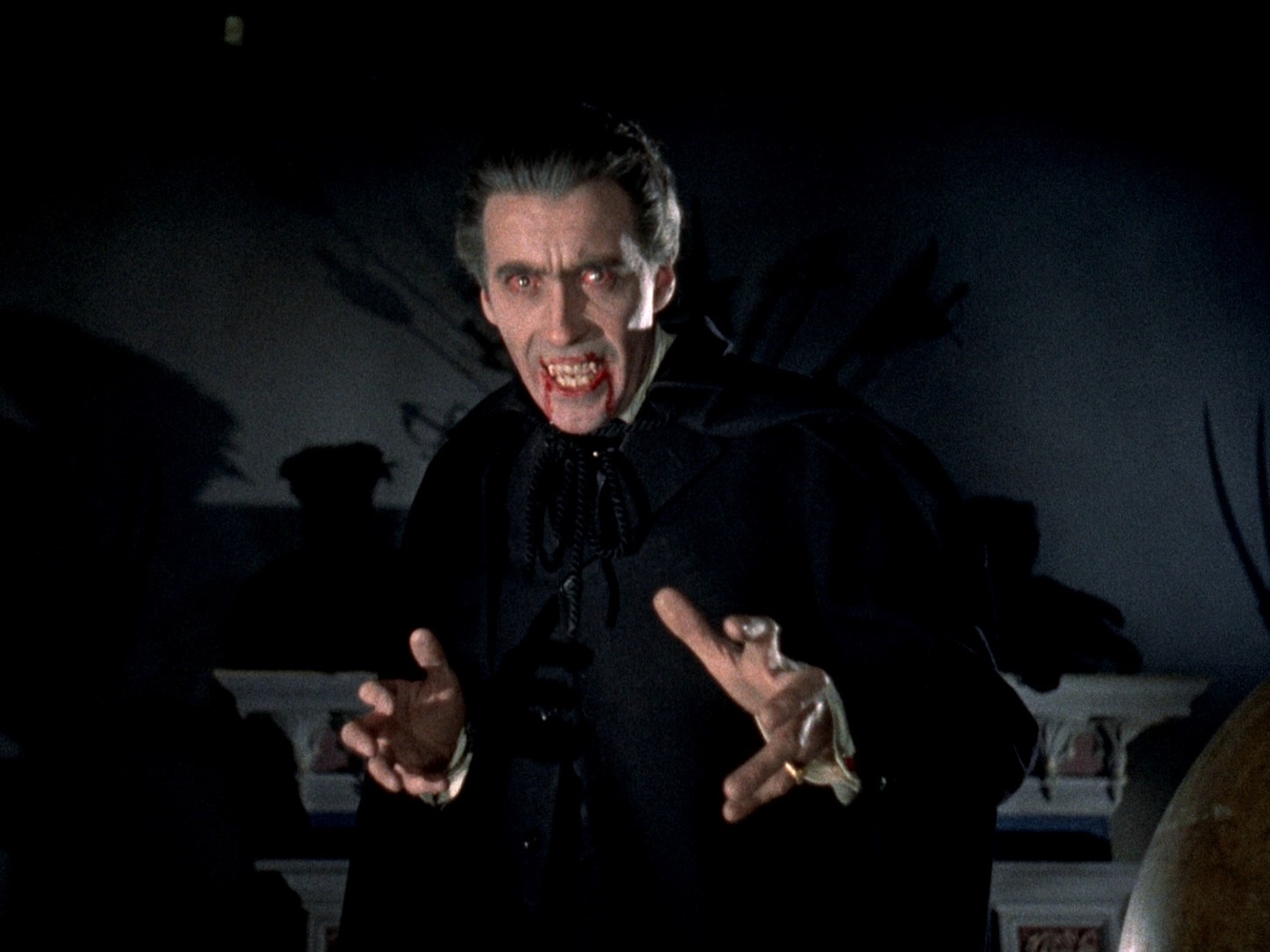The Hammer horror films, especially those made during the late fifties, successfully revived the traditional Universal Monsters and broke ground by setting new levels of acceptable cinematic violence, all shown in vivid gory color for the first time.
The success of their 1958 version of Dracula, otherwise known as The Horror of Dracula for US Audiences, began a series of commercially successful series of Dracula films for the British Hammer studios and turned the relatively unknown lead stars into household names.
Diary
Dracula begins with a narration from the diary of Jonathan Harker (John Van Eyssen), who arrives at Castle Dracula in Transylvania in the latter part of the 19th century, to kill the evil Count Dracula (Christopher Lee).
After being bitten by a vampire, Harker realizes that he is now under Dracula’s power. He knows that he is cursed to walk the earth eternally as a member of the “undead”. His only hope is that someone will find his diary and do whatever is necessary to release his soul and to get rid of this evil man.
Professor Van Helsing (Peter Cushing) arrives at a nearby inn to find out what happened to Harker and a trip to Castle Dracula awaits him. Can Van Helsing achieve what Harker failed to do?

Hammer Films
Although best known for the series of gothic horror films made from the 1950s until the 1970s, Hammer Films Production Ltd. was founded in 1934 by comedian William Hinds and then revived by his son Anthony after the war following bankruptcy in 1938.
Despite the odd exception (The Ghoul, Dead of Night, etc), the British film industry had never taken into horror. Hammer was soon to embark on the horror following the success of The Quatermass Xperiment, a big-screen version of the acclaimed BBC science fiction-horror television serial.
Hammer made The Curse of Frankenstein in 1957, which became the first of their color film versions featuring the classic gothic characters such as the Frankenstein Monster, Count Dracula and The Mummy.
During these early years, Hammer dominated the world horror market through distribution partnerships with American companies such as Warner Bros., Universal Pictures, United Artists, Metro Goldwyn Mayer, Twentieth Century Fox, and Columbia Pictures.
The Origins of Dracula
The original novel was written by Dublin writer Bram Stoker in 1897 and was not a commercial success on the first release. Inspired by the fifteenth-century Transylvanian ruler Vlad III Dracula, also known as Vlad Tepes, it was alleged that Dracula did not make much money for Stoker during his lifetime.
Following the release of F.W. Murnau’s unauthorized German classic version Nosferatu in 1922 and the legal battle the film faced from Stoker’s widow, public interest in the novel grew.
Following successful theatrical runs in the UK and the USA, Universal Pictures made a hugely successful film version in 1931, casting the star of the play, Bela Lugosi, to play the lead. There have been various Dracula interpretations released throughout the years, but it was in 1958 that the famous Hammer version was released.
Hammer version
Although a loose adaptation of the Bram Stoker novel, mostly due to financial restraints, Dracula is a superior version of the story. The production benefited from retaining their team from The Curse of Frankenstein, reuniting much of the cast, the director, cinematographer, screenwriter, composer, editor and production designer to create a classic that ranks positively compared to the other great Dracula films.
The career-defining performances from Peter Cushing and Christopher Lee, fresh from The Curse of Frankenstein, are truly striking.

Dracula is a visual delight throughout, with plenty of atmosphere and foreboding, courtesy of the splendid color cinematography from Jack Asher and the imaginative art direction by the uncredited Bernard Robinson.
The added blood, violence and elements of sexual overtones that shocked critics at the time have been surpassed by recent blood fests but these scenes still create a shudder.
London-born Terence Fisher, who had directed The Curse of Frankenstein in the previous year, would direct the two excellent Dracula sequels, The Brides of Dracula (1960) and Dracula, Prince of Darkness (1966). Fisher’s reputation has grown throughout the years that many critics and historians now regard him as one of the leading auteurs of the genre.
Fisher’s very stylish direction of Dracula, along with the terrific screenplay by Jimmy Sangster, the impeccable lead performances and the sinister score by James Bernard contribute massively to create a memorable gothic horror classic and possibly the best Dracula movie ever made.
Paul J. Bradley